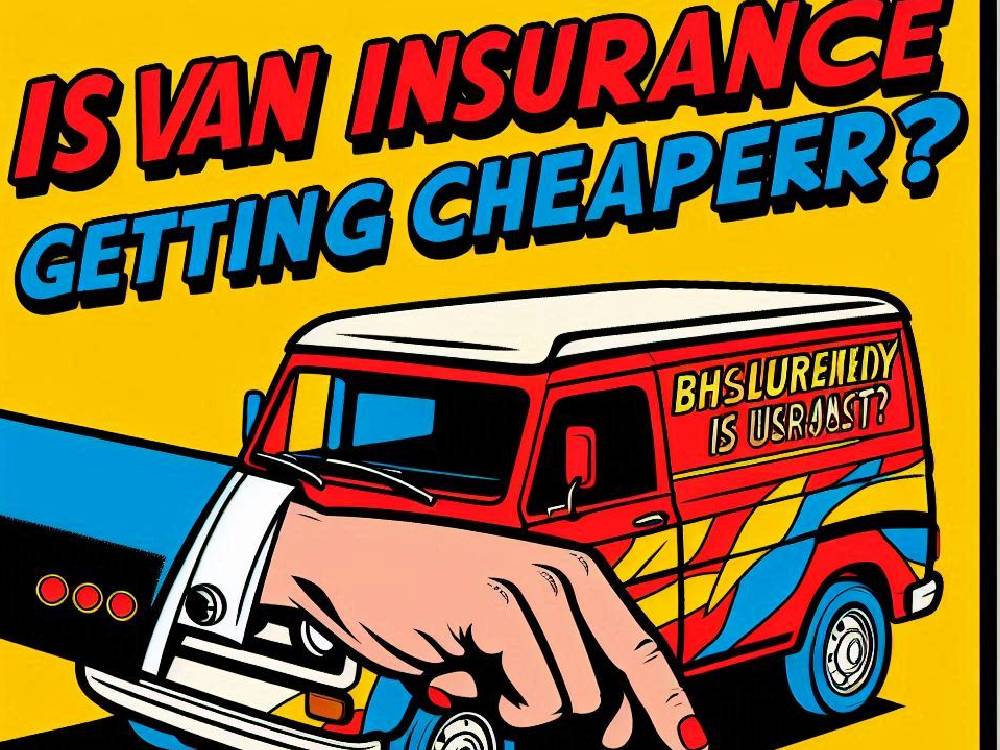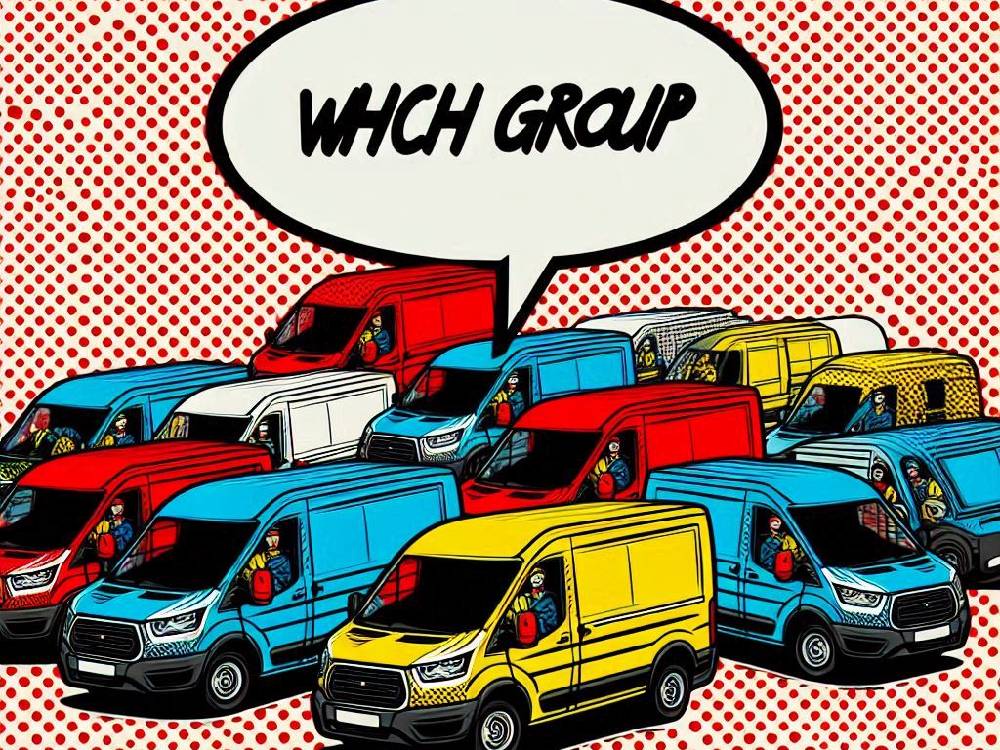Introduction
Van insurance premiums in the UK are seeing an interesting shift.
While premiums are up 9.5% annually, younger drivers are finally seeing some relief.
If you’re looking for cheap van insurance, staying informed about these trends is crucial.
Overview Of Van Insurance Trends in 2024
Van insurance prices have been volatile over the past year.
Consumer Intelligence reports a 9.5% rise in premiums over the past 12 months.
It’s a hefty increase that’s impacting many drivers across the UK.
But here’s the good news: some prices are beginning to trend downward.
In July, one of the most competitive insurers led a 3% price drop across the board.
This was a welcome change for many drivers.
However, this shift was temporary.
Premiums crept back up soon after, affecting most van owners.
But with these fluctuations, we’re seeing the first signs that rates could be softening again.
So, what does this mean for you?
If you’re in the market for cheap van insurance, these shifts might just offer a glimmer of hope.
Van Insurance Drops For Younger Drivers
It’s not all doom and gloom.
Younger drivers, those under 25, are among the few seeing real relief.
In the last year, this group experienced a 2.2% average drop in premiums.
Yes, you read that right,
In a market where prices are rising for most, young van drivers actually have an edge.
Why the decline?
For insurers, younger drivers have traditionally represented a higher risk.
But recent data shows under-25s are taking steps to reduce their risks.
Some may be installing dash cams, opting for telematics, or choosing safer routes.
And this is crucial because any reduction in perceived risk can mean savings.
If you’re under 25, now might be the perfect time to shop around.
Click here to explore van insurance for new drivers.
Many young drivers are reducing rates through this technology, and insurers are often happy to reward these efforts.
Current Price Ranges For New Policies
What should drivers expect to pay right now?
According to September 2024 data, most quoted premiums for new van insurance policies range between £500 and £749.
Around 18% of quotes fall into this category.
Another 17% come in a bit higher, within the £750 to £999 range.
Why does this matter?
If you’re seeking very cheap van insurance, knowing these ranges is critical.
It helps you gauge whether your quote is fair or if more shopping around is wise.
Even small adjustments, like reassessing your van’s usage type, can move you toward the lower end of these brackets.
Impact On Older Drivers (25 and Over)
For drivers aged 25 to 49 and those over 50, premiums are moving in the opposite direction.
In the past year, the average premium for drivers in the 25-49 range rose by 11.5%.
Over-50s saw a similar hike, with a 10.2% increase.
This is no small jump.
For these age groups, who often receive competitive rates, this upward trend is significant.
So, what’s causing these rises?
For starters, the overall increase in claims and repair costs is a key factor.
Even drivers with clean records are seeing their costs increase.
But don’t give up hope just yet.
There are still options for managing these increases.
For instance, some insurers offer discounts for additional safety features or policy bundling.
Van Insurance Differences By Usage Type
How you use your van impacts your insurance rates significantly.
Drivers using vans for social, domestic, and pleasure purposes saw premiums rise by 13.1%.
Tradespeople experienced a more moderate 8.4% increase.
Why the difference?
Insurers tend to assess risks differently based on usage.
Vans used solely for personal purposes may face higher premiums.
These users typically drive longer, unregulated routes, which insurers consider higher risk.
Meanwhile, tradespeople, who have more predictable, work-related routes, receive relatively lower increases.
To learn more about proper vehicle compliance, which can sometimes lower premiums.
Check out our guide on vehicle compliance for road safety.
Delivery And Part-Time Work Risk Considerations
As more people turn to part-time delivery work, insurers are starting to pay closer attention to how vans are used.
In today’s market, the demand for food and package delivery has skyrocketed.
With this rise, many drivers are using their vans for both personal and business purposes.
Yet, this dual use can mean higher premiums, as insurers see part-time delivery as a greater risk.
Why?
Because vans used for deliveries often cover more miles.
Face traffic more frequently, and may even be at risk during unsupervised hours.
So, if you’re considering part-time delivery, you might want to look into dedicated delivery insurance.
Not only can it provide more coverage, but it could also lower your risk in the eyes of insurers.
In the end, it’s all about managing your risk profile.
For more insights on the type of insurance you might need:
Explore our article on business van insurance options.
Long-Term Premium Trends
When we look back over the years, the trend is clear: van insurance premiums have climbed steadily.
Since Consumer Intelligence began collecting data, social, domestic, and pleasure use premiums have risen by an astonishing 269.7%.
Meanwhile, the premiums for tradespeople have increased by 183.5%.
That’s a significant rise.
With each year, as new risks and claims emerge, premiums are gradually shifting upward.
So, what does this mean for drivers today?
It means that finding the cheapest van insurance in the UK has become more challenging.
However, this historical trend also highlights the value of staying proactive.
For example,
If you’re a tradesperson, having a consistent driving record could position you for better rates.
Tips For Securing The Cheapest Van Insurance
Now, let’s get to the part you’ve been waiting for.
Practical tips to keep your premiums low.
Here’s the first tip: consider telematics.
Telematics devices track your driving habits, and insurers often reward safer drivers with reduced rates.
By installing one, you could potentially save hundreds on your premium.
Next, make sure your van is properly secured and compliant with road safety standards.
Having security features like immobilisers and tracking devices can lower your premiums.
It’s all about showing insurers you’re serious about safety.
Additionally, don’t overlook the benefits of shopping around.
Each insurer has its own way of calculating risk, meaning a bit of research could reveal a surprisingly cheap van insurance option.
To dive deeper into savings tips, take a look at top ways to reduce your van insurance premiums.
Conclusion
While van insurance premiums in the UK may have risen overall, certain groups are beginning to see relief.
Staying informed can make all the difference.
Remember, the more you understand about these trends, the better equipped you’ll be to find the best rates.
So, don’t let premium increases get the best of you.
Keep exploring options, tailoring your coverage to your needs, and staying proactive.
For more insights and tips, visit these related articles:





